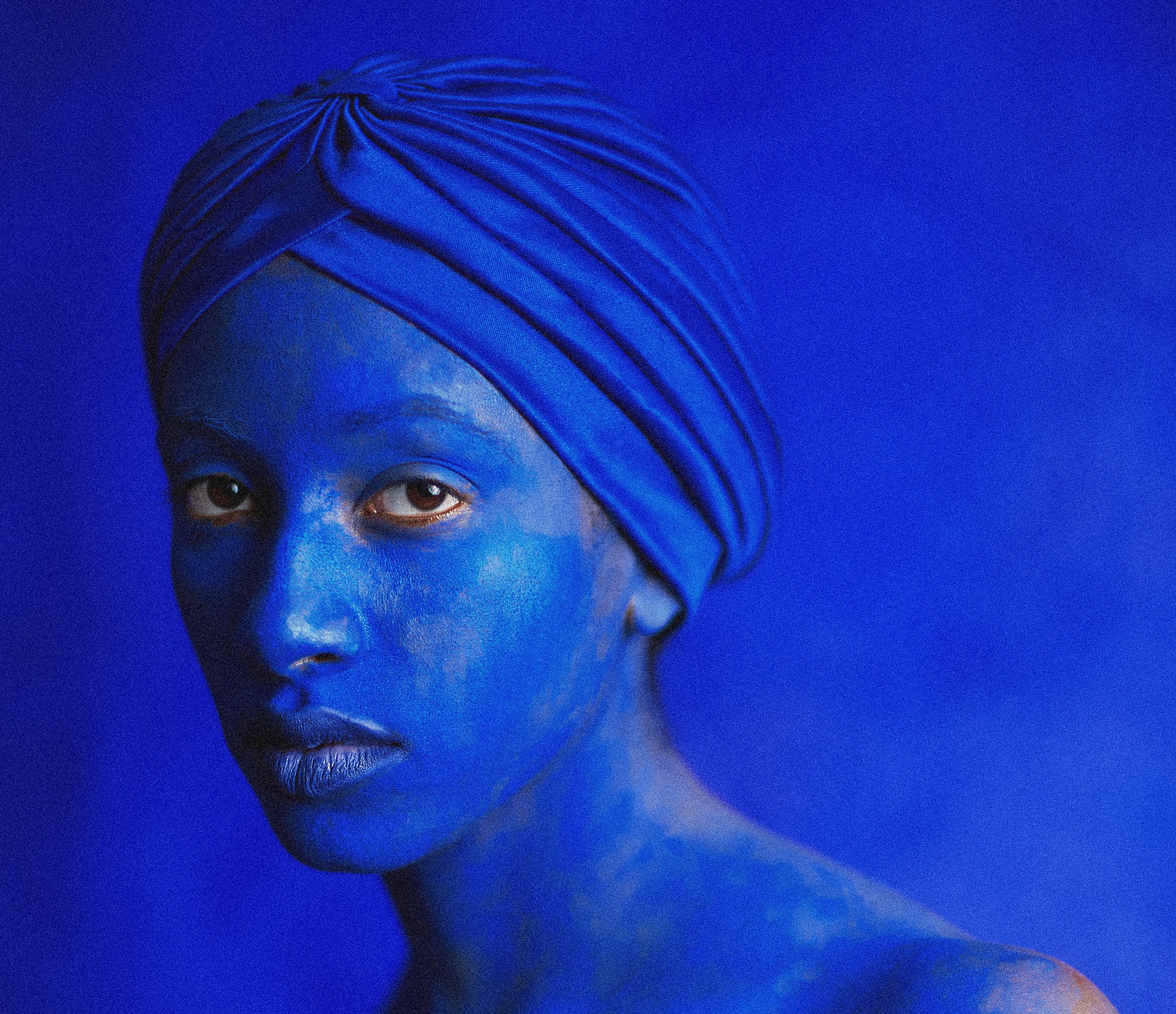When Kimberly Jenkins debuted her course “Fashion and Race” at Parsons two years ago, many thought spending a semester unpacking topics like cultural appropriation and representation seemed too “niche.” She proved those people wrong. Today, the course amasses a waitlist each time it’s offered and her POC students remark on the life-changing experience of having a black female professor (a first for many). “We wring our hands over topics like ‘How do you integrate diversity into brands?’ or ‘What on Earth were they thinking when they made this editorial?’” Jenkins says, speaking on the intense class discussions. “And a lot of the students who benefit from white privilege are there because they want to learn how they can help.”
On the syllabus? Texts include Representation by Stuart Hall and Slaves to Fashion by Monica L. Miller. If Jenkins could have her way, she says, the discussions in her class — centered on inclusion and diversity — would serve as a blueprint for the entire fashion system. “I always wish the real powerbrokers in the fashion industry were in the room listening.”
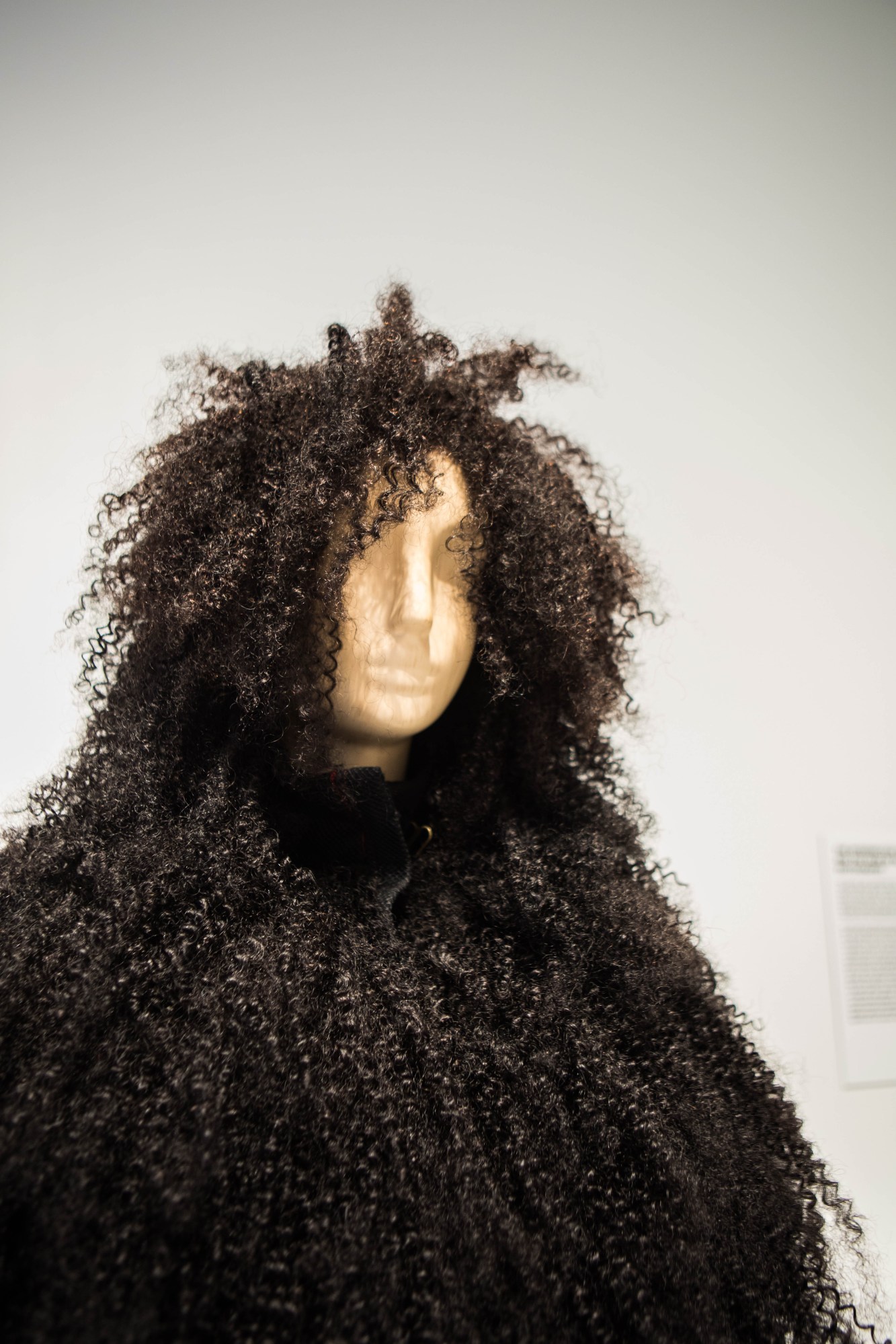
In many ways, the exhibition Fashion and Race: Deconstructing Ideas, Reconstructing Identities is Jenkins’s way of letting the outside world take her course. On display through November 11, the exhibition includes work created by former and current students of Jenkins’s elaborating on the very themes she explores in class. There’s work from prominent up-and-coming young artists, including graphic designer Avery Youngblood (who won Beyoncé’s Formation Scholarship program earlier this year), photographer Myles Loftin, and designer Lashun Costor.
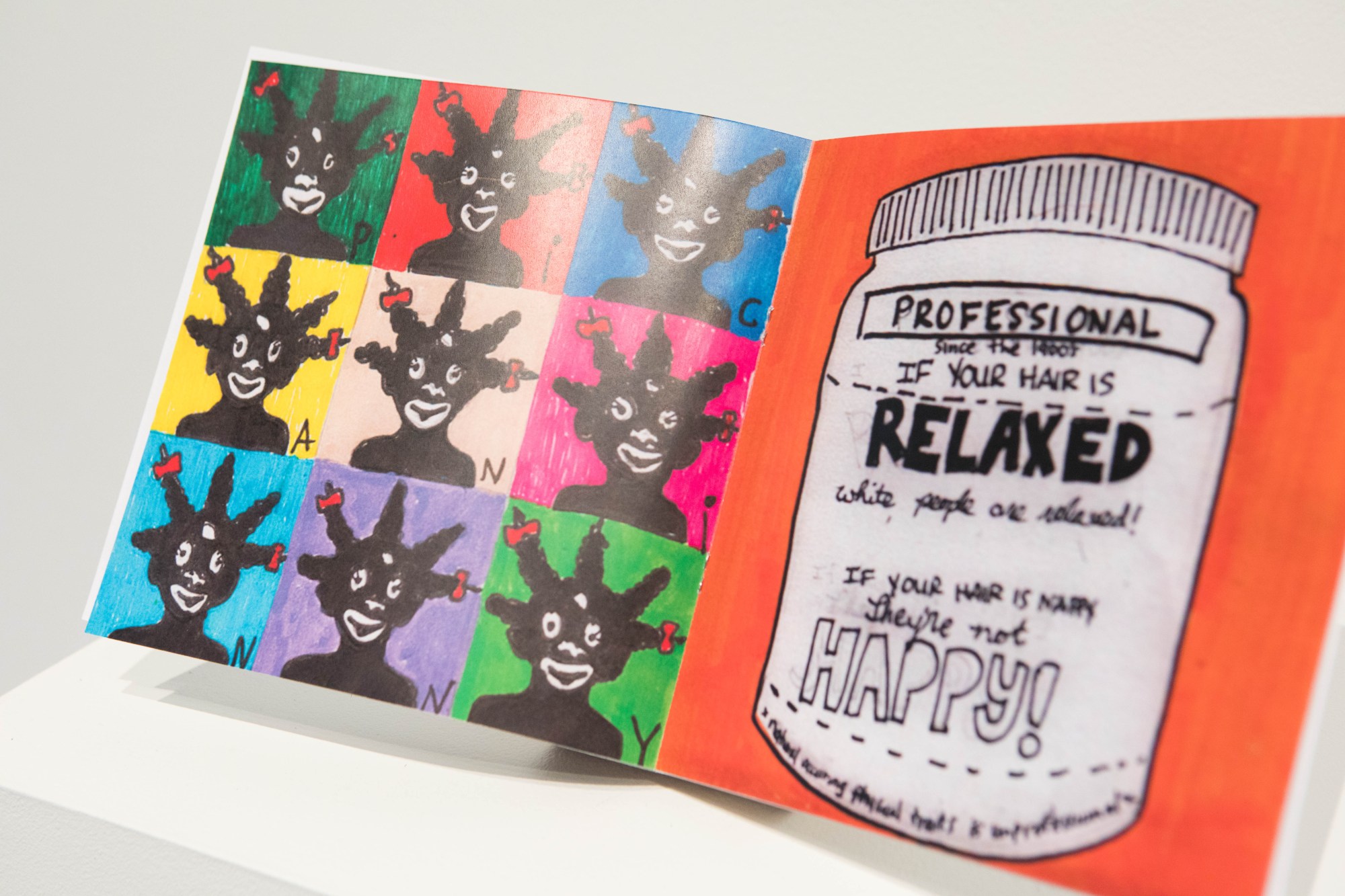
2018 has been a watershed year for people of color in fashion. We’ve landed magazine covers, positions at esteemed luxury houses, and more and more POC models on the runway. So a sense of achievement, not outrage, is present throughout Jenkins’s exhibition. The increasing representation has freed today’s emerging POC creatives, allowing them to embrace greater hyperspecificity, experimentalism, and nuance in their work. For example, Avery created a how-to manual about being black. Except this is not a one-size-fits-all instruction sheet. It’s completely about her black experience, and no one else’s.
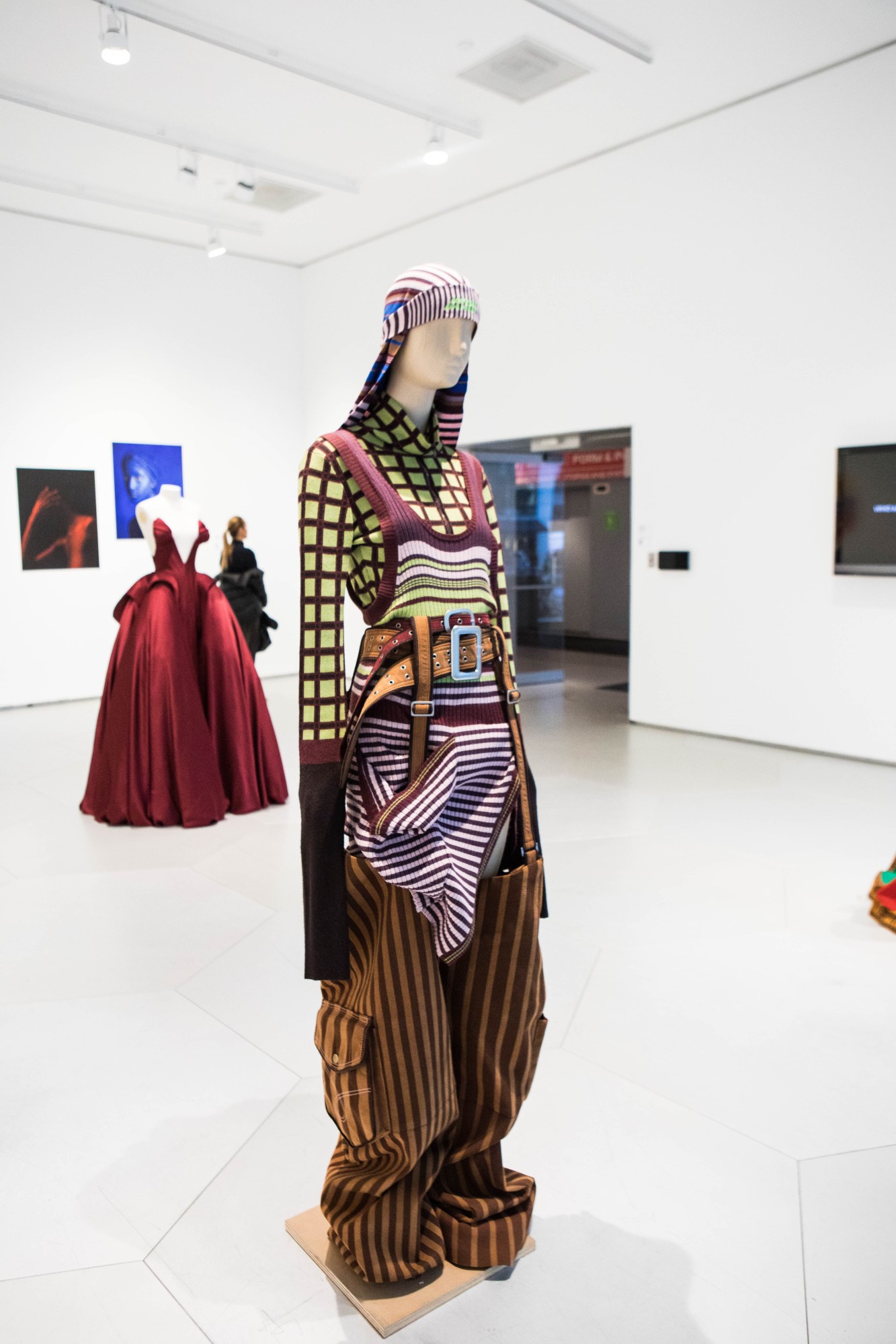
“This year has been inspirational, to say the least,” Myles tells me. He’s standing next to his brightly hued image of black boys being carefree and happy. The work is rebuttal on the idea that black masculinity and happiness do not go together. “I’m part of this wave showing black people deserve to be included in fashion because everyone deserves to be included.”
Myles, a current student, is nothing but optimism when I ask him about graduating from Parsons and becoming fully immersed in the fashion industry. There’s no worrying if there will be room for him at the table or if his voice will get heard, much less understood. “A lot of people have been skeptical if all that’s playing out in fashion right now is a trend. But I think the sheer magnitude of how much has happened this year shows the change is here to stay.” Representation makes us feel included, yes, but it also provides hope.
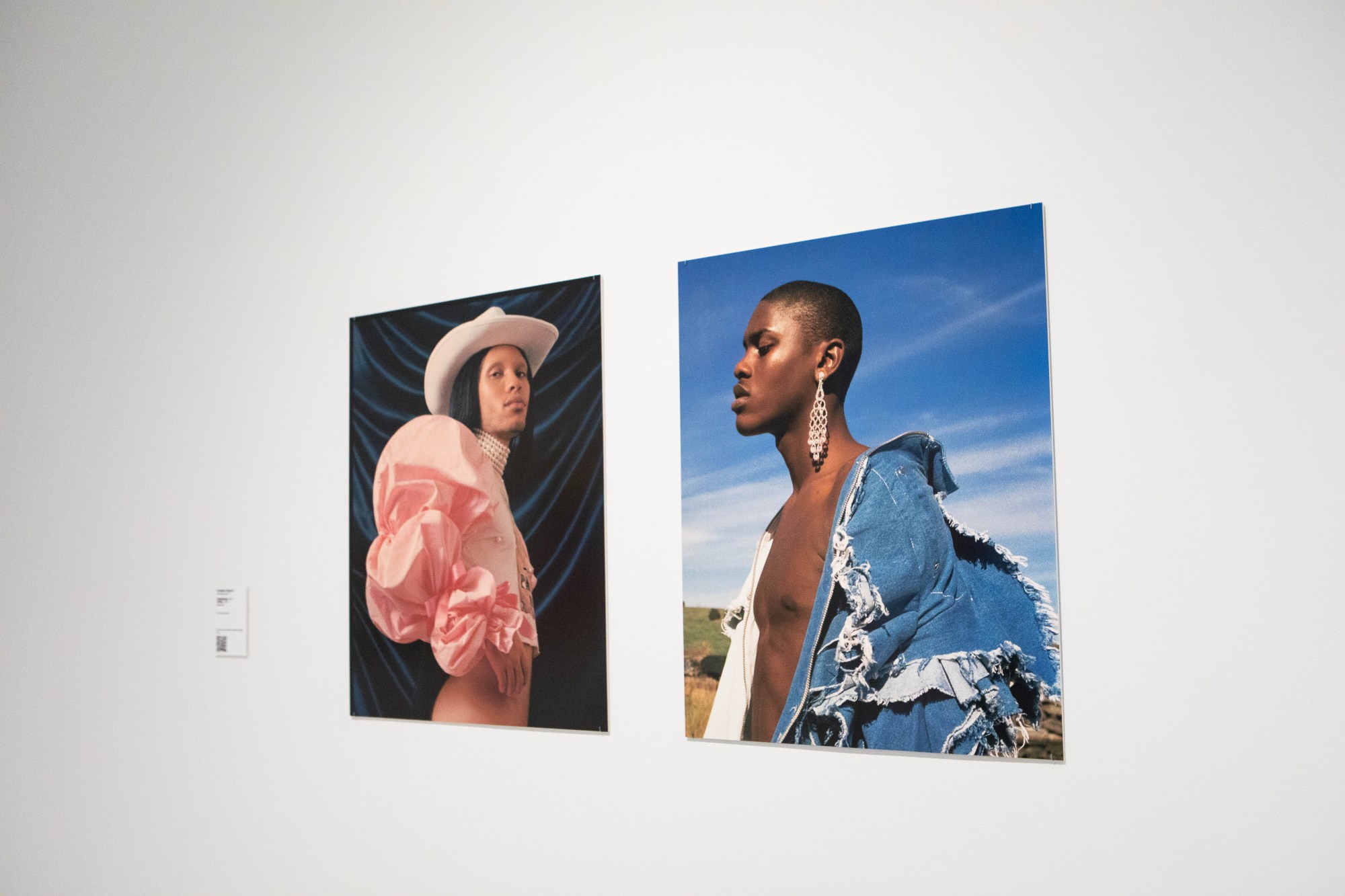
Meanwhile, recent Parsons graduate and photographer Rachel Gibbons credits Jenkins’s course with giving her the tools she needs to navigate the industry as a person of color. “She was the only black professor I had my entire time in school,” Rachel shares. “It’s something you don’t think about it, until you get an amazing professor like her in your life. She opened the classroom to have these conversations that no other professor was having.” Rachel’s photographs in the exhibition take the word “primal” — which carries centuries-old, racist connotations — and turn the epithet into something more positive, showing black figures painted in jubilant primary colors.
Fashion and Race also means a lot for POC veterans. André Leon Talley supported Jenkins and students by coming out for a special Q&A screening of his documentary, The Gospel According To André. “I got in contact with him through several people and he said, ‘Yes!’ He understood my vision and wanted to come help support,” Jenkins shares. “A lot of people don’t give him enough credit for being ‘the only one’ out there in fashion spaces for a long time.”
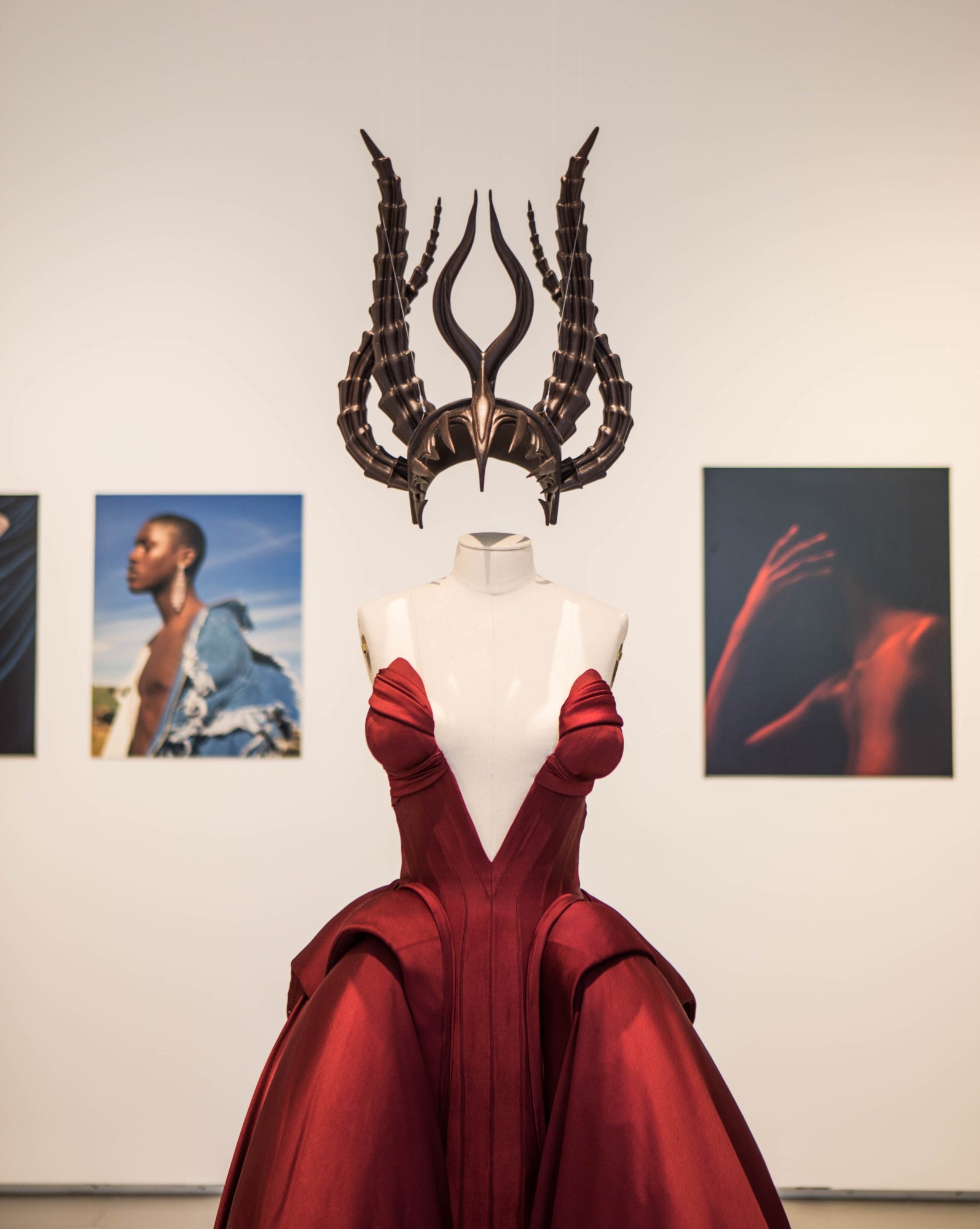
Misa Hylton, who’s styled artists like Mary J. Blige, Lil’ Kim (she designed that legendary purple pasty get-up), and R&B group Jodeci, remembers when it was near-impossible to land meetings with luxury brands. “They did not know who Mary J. Blige or Jodeci was — as funny as that may sound today,” she remembers. “In those days, they didn’t see us as people worth being in alignment with.”
For Misa, attending the opening reception of Fashion and Race was a surreal experience — a product of the biases she and so many others worked against for decades: “So now we’re here today, what are the next 20 years going to look like?” If the work on display at Fashion and Race is any indication, the answer is pretty damn good.
